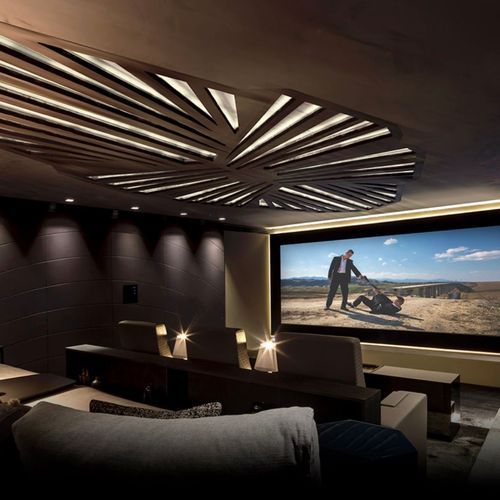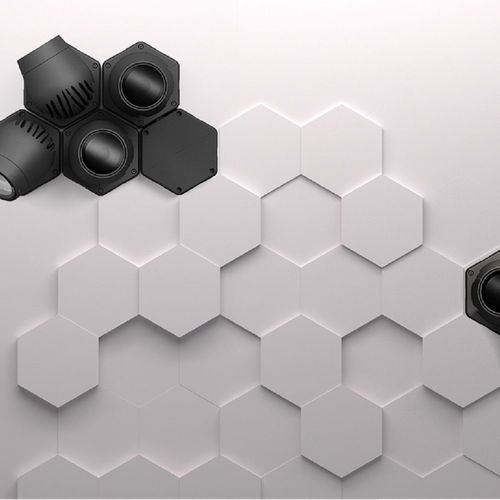Projectors
- Projectors are important elements of home entertainment systems, as well as professional environments. Modern technology allows large screen sizes with no compromise on display quality. At ArchiPro, we offer a selection of 4K projectors, home theatre projectors, LED projectors, and more - ready to suit all sorts of demands.Why ArchiPro?
No more endless searching -
Everything you need, all in one place.Real projects, real experts -
Work with vetted architects, designers, and suppliers.Designed for New Zealand -
Projects, products, and professionals that meet local standards.From inspiration to reality -
Find your style and connect with the experts behind it.Start your Project
Start you project with a free account to unlock features designed to help you simplify your building project.
Learn MoreBecome a Pro
Showcase your business on ArchiPro and join industry leading brands showcasing their products and expertise.
Learn More

